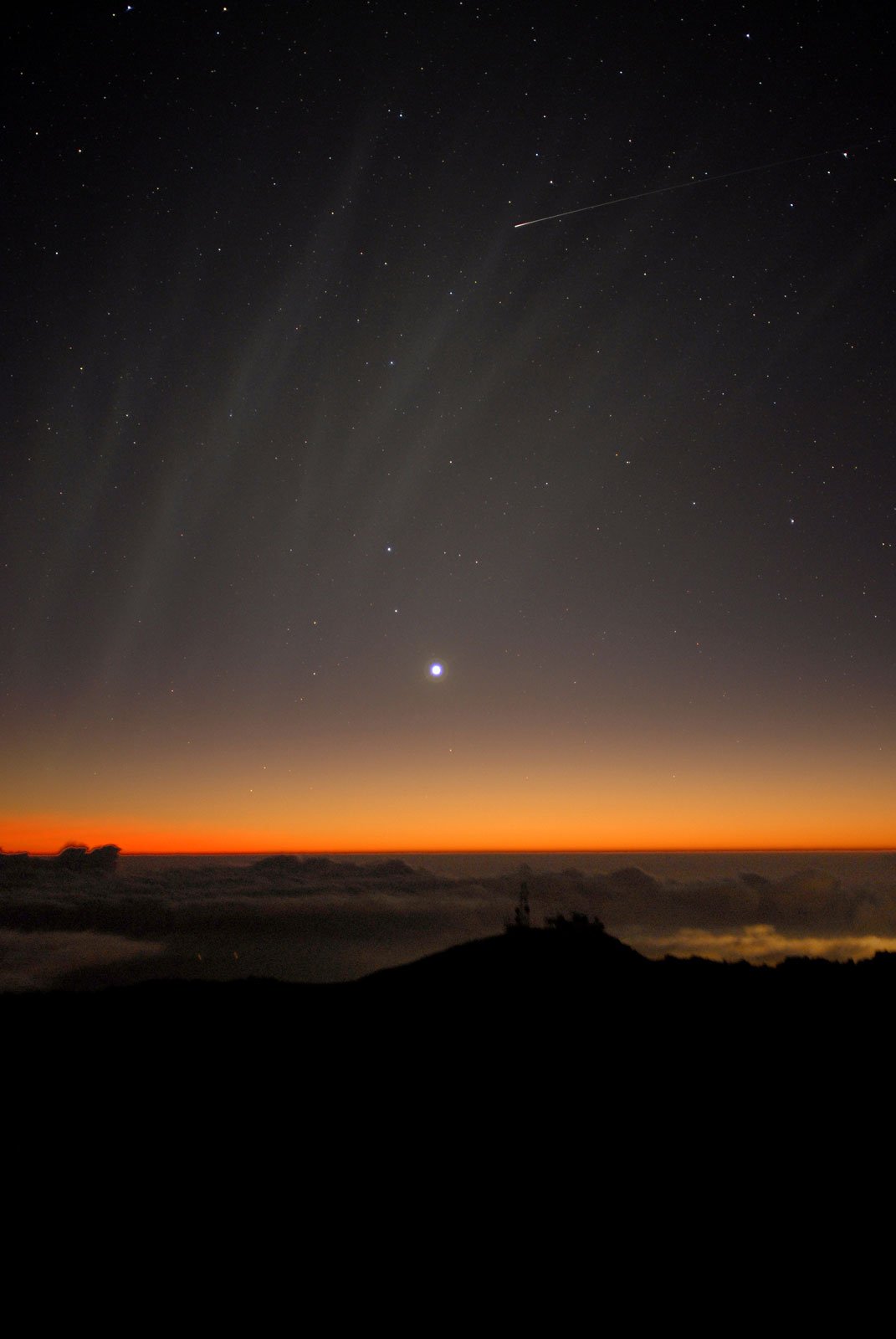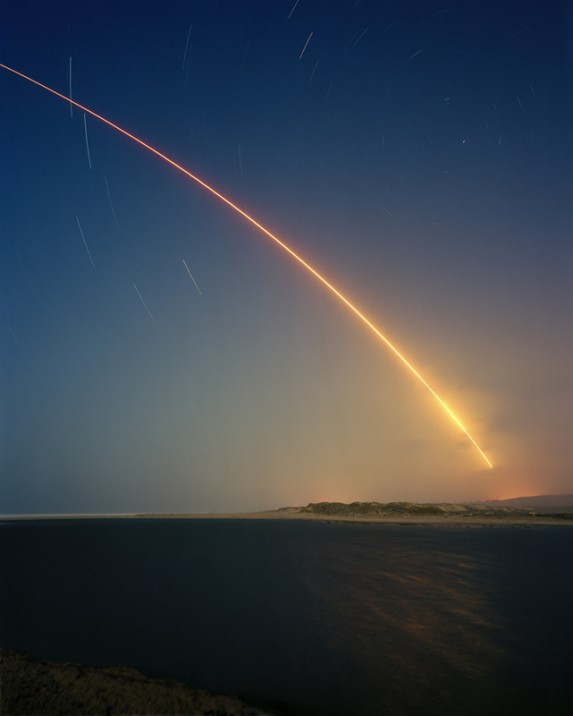 Night photography is an art that is done outdoors between the hours of dusk and dawn. Because of the lack of light, photographers have the option of either using artificial light to capture a photograph or use an long exposure time to give the camera enough to time to capture the right amount of light to properly expose the photograph. With the development of higher sensitivity image sensors, wide-aperture lenses, and a larger amount of urban light, the availability of taking photographs at has increased drastically.
Night photography is an art that is done outdoors between the hours of dusk and dawn. Because of the lack of light, photographers have the option of either using artificial light to capture a photograph or use an long exposure time to give the camera enough to time to capture the right amount of light to properly expose the photograph. With the development of higher sensitivity image sensors, wide-aperture lenses, and a larger amount of urban light, the availability of taking photographs at has increased drastically. Night photography started to gain its popularity in the 1900's, when a select few photographers began to experiment with lighting at night time. Over the next century, many people began to take on night photography. College courses started to appear that covered the many aspects of taking a good photograph at night time. Photographers began to be known primarily for their work done at night. During the beginning of the 21st century, the invention of digital cameras helped photographers to take better pictures at night time and greatly enhanced the number of people that pursued a career in this particular type of photography.
Night photography started to gain its popularity in the 1900's, when a select few photographers began to experiment with lighting at night time. Over the next century, many people began to take on night photography. College courses started to appear that covered the many aspects of taking a good photograph at night time. Photographers began to be known primarily for their work done at night. During the beginning of the 21st century, the invention of digital cameras helped photographers to take better pictures at night time and greatly enhanced the number of people that pursued a career in this particular type of photography.
The most common subjects photographed in night photography are stars and planets, and skylines. Astronomers have used the technology of film to capture a picture of the way that the planets and stars look from Earth. It has helped many scientists enhance their understanding of our universe. City skylines are also a popular subject. At night when the buildings light up, the contrast between their light and the darkness of the sky provides composition for a good photograph. In addition, a city skyline provides a sufficient amount of light that is needed in order to be photographed. Some other things that are often photographed at night include fireworks, streets often accompanied by moving cars, and amusement rides, as shown above.

Due to the lack of light at night time, night photography requires a large amount of technique and a wide range of equipment. To avoid motion blur often produced during long exposure times, photographers often use a tripod to keep the camera steady. By using a self timer, photographers reduce the risk of producing camera shake when the shutter is released. Also, since auto-focus doesn't work right during low light conditions, a manual focus is often used so that the photographer can get a clean picture of the subject he is photographing.
As I have stated previously, night photography is very difficulty because of the lack of light. However, night photography is a very beautiful form of art that captures many extraordinary sights and helps us to view things that only appear at night during the day time. It may be difficult, but if it was easy, where would the fun be?








